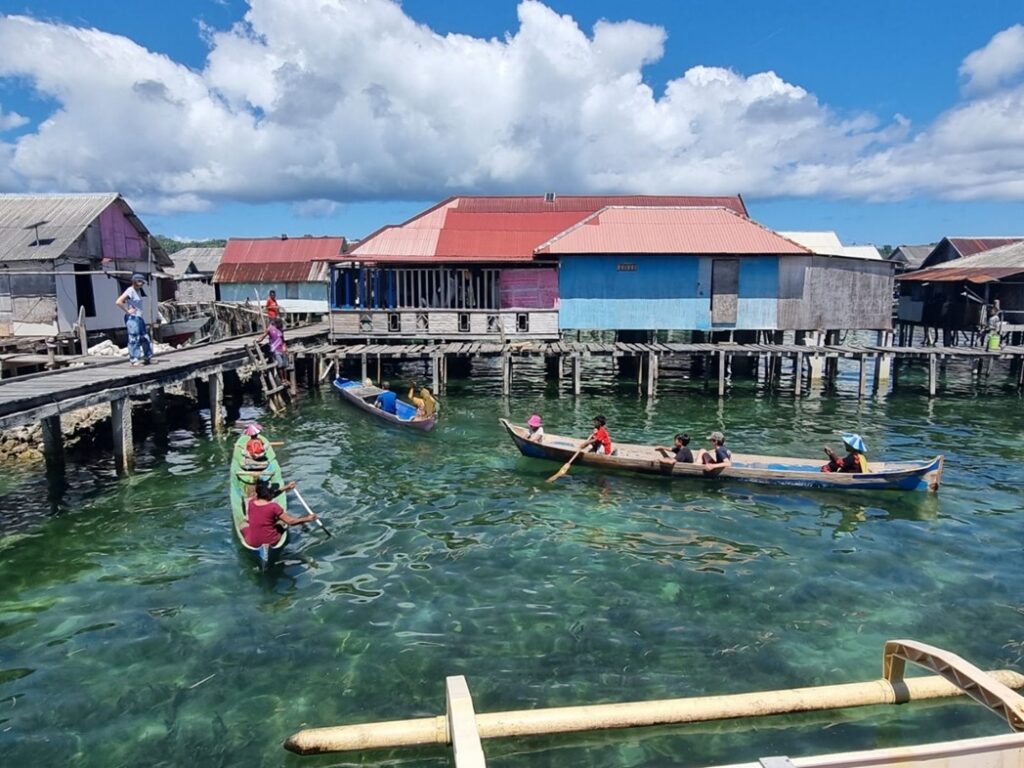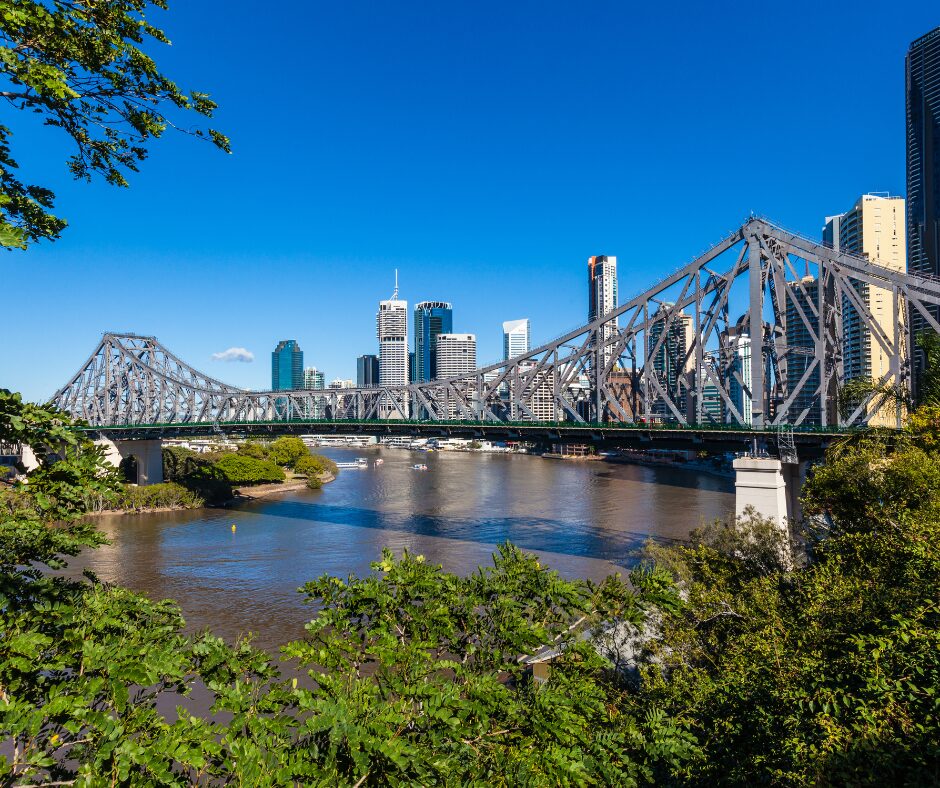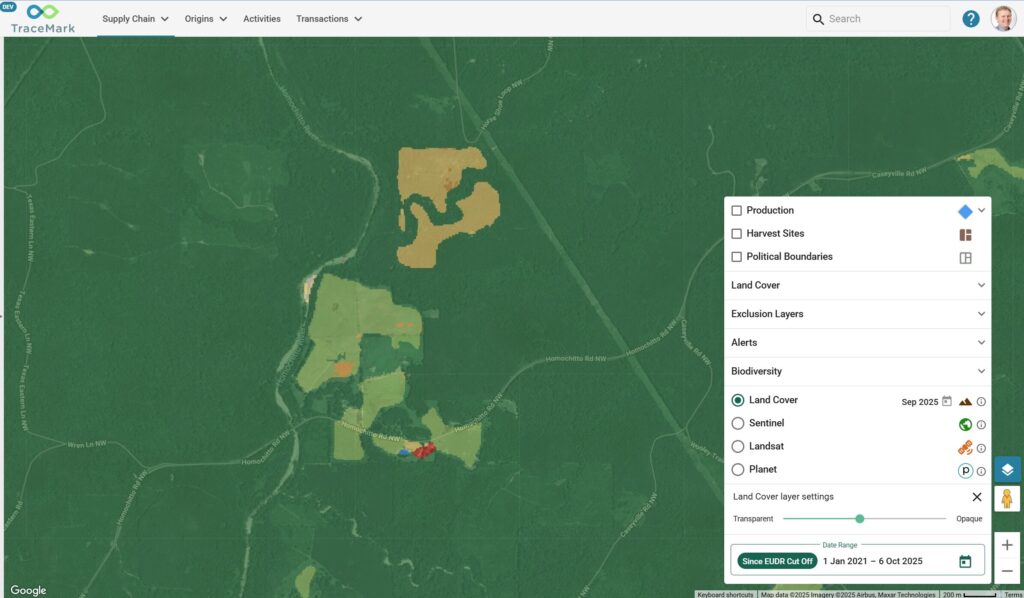Building an Indigenous digital cultural recording

A digital cultural recording is the use of mapping technology and other digital technology recorders, such as video and audio clippings, to document and map the cultural knowledge in the minds of Indigenous Elders.
These recordings are crucial as (a lot of the time) Elders can sometimes be too sick to go out on country to do long surveys over several days. Being able to use technology that shows a digital representation of what they previously saw when they walked and traveled on country helps record significant cultural places.
The use of mapping technology means more Indigenous knowledge can be captured and also cuts costs for remote travel. This means you can funnel previous field work costs into ground truthing and going to specific places to do a proper ‘on country’ recording.
Understanding how to properly record culture in a digital format is important. The first step is understanding what is recorded and who uses this information. From this, we can dive into what steps are taken in the process of creating a digital cultural recording.
What parts of a culture can you record?
When we talk about a cultural recording of an individual person, we’re inviting them to share personal information. So first and foremost, it’s important to establish a relationship with them. Without this step, the rest of the digital cultural recording process is redundant. We’ll touch on this again further down in the article.
It’s important to personalise each cultural recording to an individual. The reason we do this is because what may be considered as important sites or places to one individual, may not be as significant to the next. Similarly, what places are important to one family, may not be recognised as significant to other families.
When considering personal places, this may include base information such as where an individual is born, a station where they worked or deeper knowledge around community cultural places used for ceremony.
Who uses this information?
Once you’ve created that repository of information, there’s a distinct hierarchy of users based on the Elder’s input.
Essentially, the Elder has control over what happens with that information and who views it, however, in a digital sense, that individual probably doesn’t have the infrastructure to hold that information. Most often, the information is housed by an Aboriginal Corporation, Land Council or Native Title organisation. From there, descendants can access that information in the future. This information, with permission from the Elder, can be used for Native Title processes or land protection.
Looking at the current legislation that protects heritage, we’re struggling to protect places. With the advancements of technology and capturing significant place knowledge from Elders, Aboriginal people can take advantage of technology to push back against legislation and protect places – independent of industry and government.
Read Winyama’s case study on Coongan Pty Ltd to see how a digital cultural recording was used for cultural awareness training on mine sites in the Pilbara: https://www.winyama.com.au/coongan
What steps do you need to take to record a culture digitally?
For the purpose of this article, we will be explaining the process using Google Earth.
1. Pre-packaging data
The main objective of this step is to create a digital environment using Google snapshot views that Elders can easily navigate to show places, as though they are physically walking around on country.
For this step we can pre-predict and package the data for places of cultural significance that are relevant to an Elder. For example; reference points such as common waterholes and homesteads. Common datasets that hold this information are listed in step five.
The technology you use for the project will depend on the infrastructure the organisation has in place. You can use a 3D GIS environment – but bear in mind that the commercial costs for the software are steep. Our team recommends Google Earth for cultural recording, here are a few reasons why:
- It is free and desktop-based
- It stores all of your information locally
- You can embed multimedia in the forms of audio and video collected during the ground-truthing step, into the map.
2. Building a relationship with the Elder
You’ll be asking for personal information in this process, so it’s important to build a relationship before the interviewing starts so that the Elder feels comfortable sharing these significant places with you.
Ensure early on that you understand if there is another person they might like to be with them when the recording takes place. The Elder may choose to bring in family to share their experiences with, or if a place has significance to more than one person, they may ask for multiple people to be present when the interview takes place.
3. Interview process
It’s time to fly around. During the interview process it’s your job to help Elders fly around and navigate on country using Google Earth. This allows you to capture their experiences, places and the stories tied to these places.
Elders are often not used to this technology, so be as accommodating as possible to ensure they get to places quickly and not lose their bearings. At this point you’ll already have your data pre-packaged from step one, so you should be able to use these reference points to quickly navigate around.
For tips on conducting an interview for heritage mapping, check out our latest blog: https://www.winyama.com.au/news-room/how-to-conduct-interviews-for-heritage-mapping
4. Ground truthing on country
Ground truthing means going out on country to validate the image data you found using your mapping technology. You’ll be able to see the real features and reference points in person.
The Elder may join you on country for this part of the process, or may prefer their family go instead as a means of connecting or reconnecting with these parts of country.
5. Time to package this data up and document it
You’ll be giving this data to non-spatial people so you need to keep the information easy to understand and documented. Using Google Earth, you’ll need to package up all the multimedia and third party datasets into a .KMZ file format.
From here, it’s important to create a folder structure within the .KMZ file that differentiates between the different data sources. Third party data sources that you may wish to use during this recording include:
- Geographical names – covering homesteads, water points and hills across Australia
- State Registry – listing out Aboriginal heritage sites registered to the State Government
- Hydro datasets – showing river lines and water points
Here is an example of a number of these third-party data sources represented in a folder structure:
To help the user identify what each place is, you may want to document a data dictionary which identifies the different symbols and attributes that are recognised by the Elder in Google Earth.
6. WHAT HAPPENS NEXT?
Once the data is packaged up, it’s entirely up to the Elder how they choose to use this information. There are three common ways we’ve seen this information used before:
- An Elder may choose to create a digital cultural recording solely to ensure their information is passed down to their descendants.
- Rather, an Elder may pass this information through to organisations working towards protecting existing land rights through native title or using their stories as evidence in applying for and gaining lands rights in the future.
- In Cultural Awareness Training for mine sites or tourism centres to show significant places on country.
Regardless of how they’d like to store or share this information, these data belong to the Elder and the use of the data should be at their discretion.
If you’re interested in learning more about Winyama’s mapping for land and heritage purposes, head to https://www.winyama.com.au/aboriginal-cultural-and-heritage-mapping
Related Articles
Here are more related articles you may be interested in.







